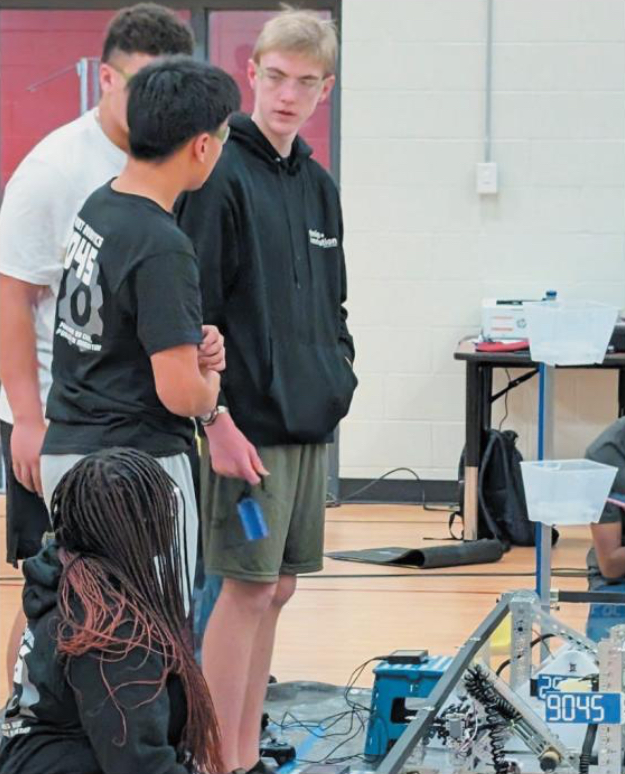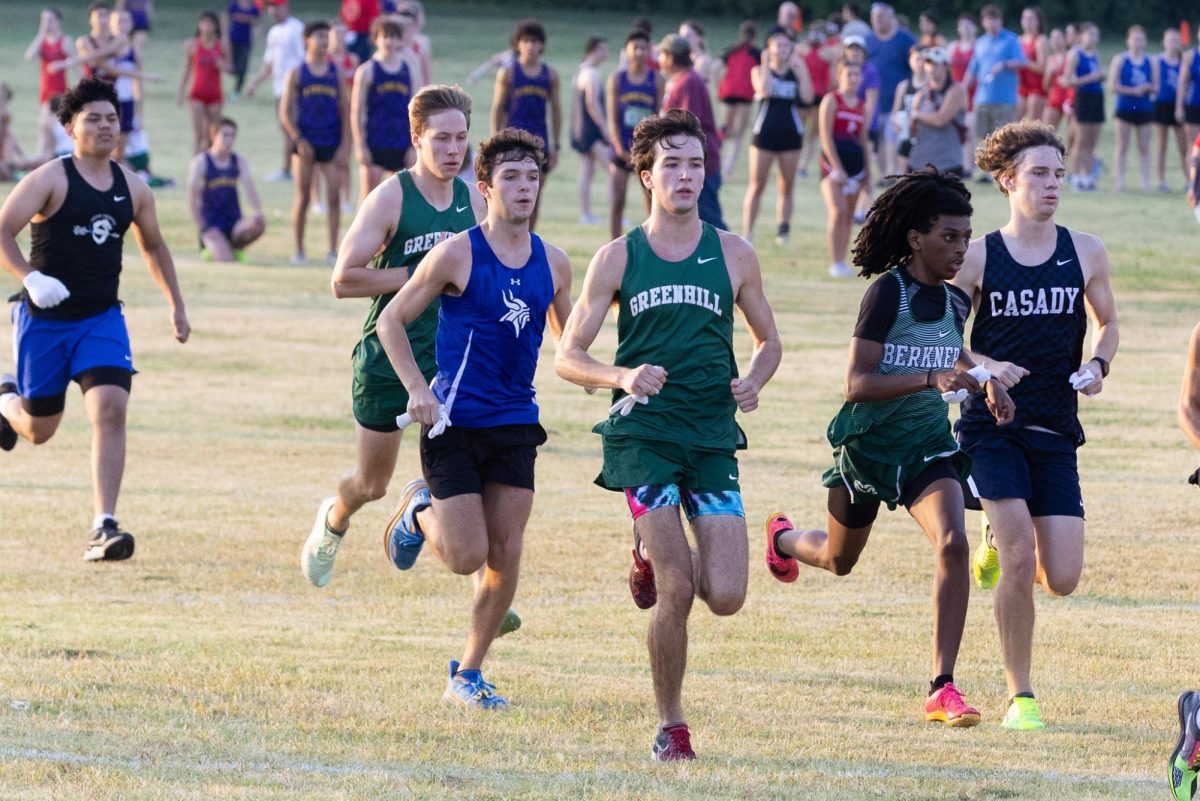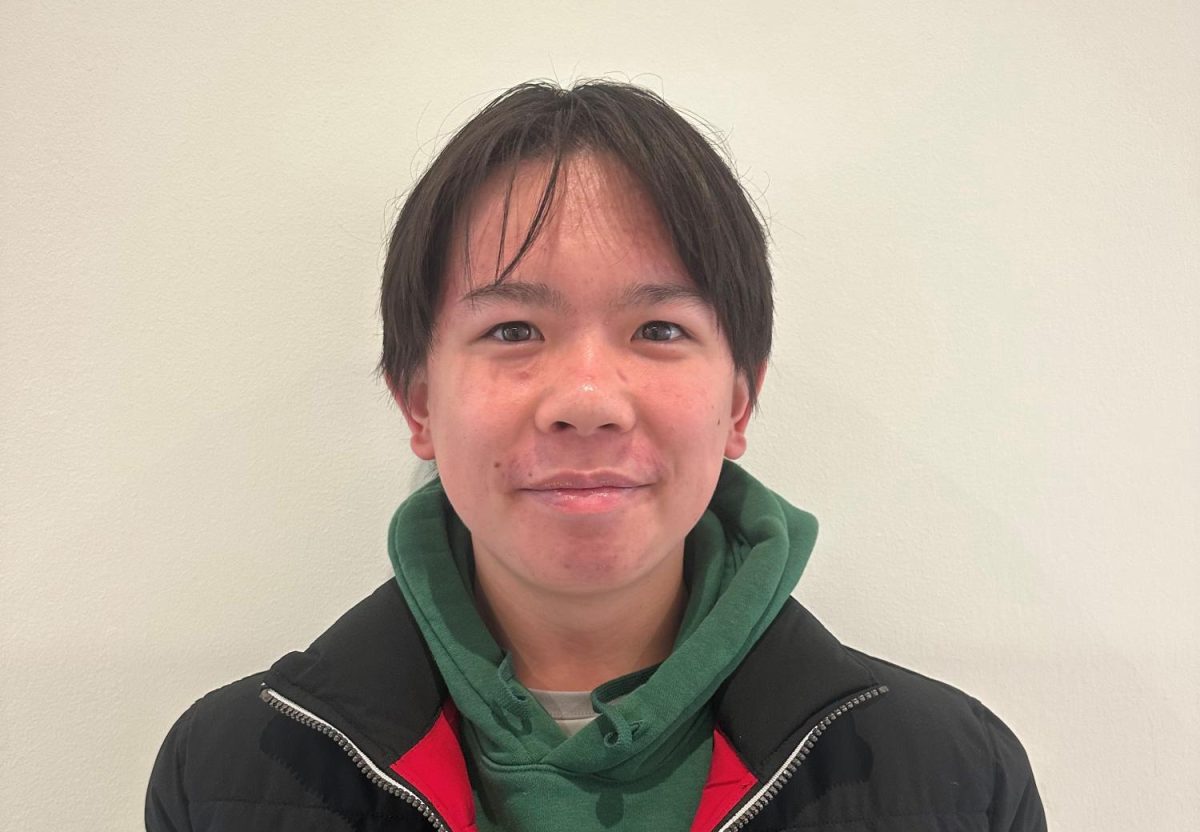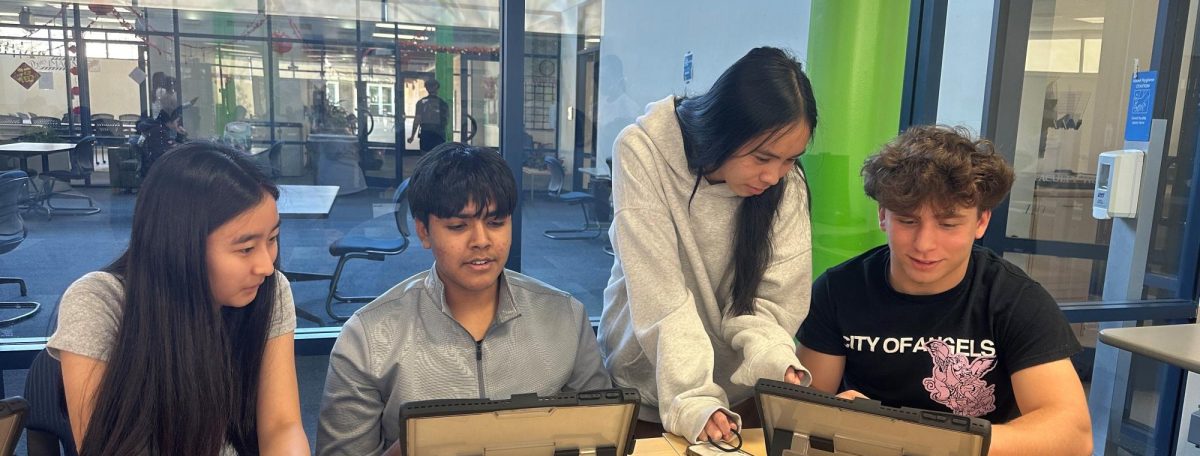Three years ago, Upper School robotics students worked in a cramped 920-square-foot space to build robots for competitions. They functioned as a club, rather than a formally recognized Upper School program. And while they were competitive in their tournaments, they were far from dominant.
Nine months after opening the Rosa O. Valdes STEM + Innovation Center, the Greenhill Robotics Program has settled into their new, vastly larger space. And as of early December, they were in 1st place in their league.
The success has been the result of both the new space and the personal growth of team members, according to Upper School Innovation teacher Joseph Meagher, who coaches the robotics teams.
“The new building gives us space to grow and space for the kids to work so we can now spread out and really accomplish more in a smaller amount of time because we’re not right on top of each other,” said Meagher.
A New Environment
Before moving into their new space, robotics team members had to set up and then deconstruct the competition’s task field each class period on the carpeted floor of the Elliot Center. That took time and effort that could have been devoted to other tasks.
Because the field is a dedicated space in the new building, it is much easier for team members to test large scale trials whenever they’re free.
“We have all the tools that we need right at hand,” said Meagher. “In the old space we didn’t. Everything was compact and tight.”
Robotics team member Tej Sachdeva agrees.
“This year we have the full field permanently set up,” Sachdeva said. “We have access to a bunch of new tools and new equipment that really streamlines [the] process.”
Since moving into the new building, the program has access to over 7,500 square feet of space, more than eight times the space they previously had.
Program Structure
The Greenhill Robotics program is split into two main groups: In the first group, students build and program a robot for competitions; in the second group, students build and design a mechanism for Carrollton-based ILLES Foods Inc.
Work in the competitive group is divided among three sections, each focused on a different aspect of the robot construction. The sections are devoted to designing, building and coding.
“Each [section] works together and gets their own individual work done,” said Meagher.
The design group is led by Sachdeva, who oversees the 3D modeling of the robot and creates 3D-printed parts.
The group uses a software program called Onshape that allows them to digitally add and manipulate the parts on the robot in detail. If the team is missing a part for the robot, it is up to the design team to find a solution by 3D printing a piece with the correct measurements and properties.
The group will create various parts such as “3D-printed claws or buckets” to add to the robot, depending on what is lacking, said Sachdeva.
Another section is the build group, headed by senior Kaden Castillo.
As the building captain, Castillo guides his group members through certain projects that need to be done and provides advice to help improve the robot’s structure.
The group “tends to get hectic,” but coordinates with each other to get the job done in the end, says Castillo.
The build group is responsible for taking the digital models from the design group and translating them into a tangible robot.
The final section is the program or code group, led by sophomore John Sewak.
A challenge that the programming group faces is planning and then coding the robot’s path.
If the code is not perfect, the group must find the mistake, which “takes a lot of trial and error,” says Sewak.
The sub-groups are all in constant communication, which allows for a smooth process.
Teamwork is required by everyone involved to maximize efficiency towards a common goal, where “everyone knows the plan,” says Sewak.
The other group in the robotics program consists of four students working on a conveyer belt model for ILLES.
Inside ILLES’ factory, there are bags of spices coming down a conveyer belt, with human workers counting them and placing them into boxes.
The issue that ILLES has is keeping the number of bags per box consistent, which is where the Greenhill robotics students come in.
The group has been working to design and build a model of a mechanism with “Bombay doors that close to hold back the bags” while they’re falling, says group member Oliver Burke.
Their ultimate goal is to finish the project and devise a solution within this year to give to ILLES.
Inside a Competition
Every competitive season, Hornet robotics team members face different tasks.
During a competition, the team always presents their robot’s design and coding to the judges to ensure that the robot matches the criteria.
Based on the presentation, “there are six categories of awards” that the team can win, according to Meagher.
If a team does well across all categories, they are eligible to receive the Inspire Award.
This year, the game field is split into two alliances: the Blue Alliance and the Red Alliance. Each alliance consists of two teams.
Each game is 2 minutes and 30 seconds. During that time, the alliances must use their robots to grab blocks from the center of the field and then place the blocks in designated locations around the field.
There is also an area on both sides of the field where a “human player” takes the blocks given to them by the robot, puts a clip on the block, and hangs it on the side of the playing field.
The clipped block is called a specimen.
The robot then removes the specimen and brings it over to the center of the field, where it hangs the specimen on the metal bars surrounding the multicolored blocks, according to Sewak.
For the first 30 seconds of a game, the robot is completely reliant on the code, followed by 2 minutes of remote-controlled driving. The robots can score in both periods.
At the end, the robot must climb up the two-level center area to receive more points.
Challenges and Goals
There have been multiple challenges that the robotics team has had to tackle this year. From a technical perspective, “finding the right block and hanging it in the right place” has proven to be difficult, said Meagher.
Another challenge comes from the expectation of “the kids to support and lead themselves,” said Meagher.
As the coach, Meagher provides a little direction and guidance, describing how it is a “unique challenge in itself” to have high school students learn to become leaders.
Despite these challenges, the robotics team has gotten off to a strong start this year.
In the first league meet, the team won six of seven games and emerged No. 1 in the league, which is much “better than last year,” Castillo said.
The teamwork and new equipment have contributed to their success in the competition, according to Sachdeva.
“Our goal this year is to make it to the very top,” Castillo said.
Last year the team made it to the area championship for the North Texas region. The goal this year is to make it to the international level.
“My little thing is to always improve, practice, and take the next step.” Castillo said.





